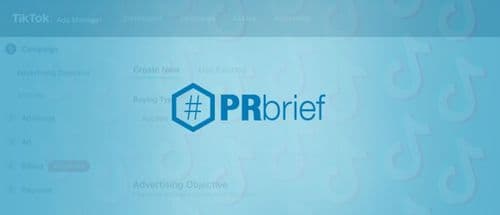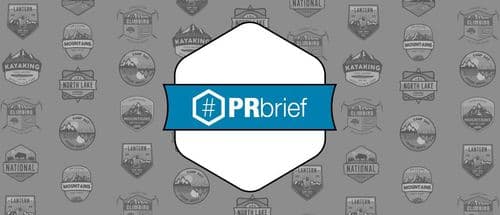The Show Must Go On
It seems like it was just yesterday I was standing in my kitchen, telling my kids to hurry because they were going to miss the bus. It’s crazy to think that for the last month and a half, school has completely transitioned to our home. With my help, my kids now learn from a computer while sitting at a desk in their bedrooms. My 3rd grader completes most of her lessons through online programs and has Zoom sessions with classmates. My kindergartener also uses various online programs that help her with counting and sight words, and she watches her teacher read to her from a private YouTube channel. For them, school hasn’t been canceled, it’s just transitioned from a physical building with people to a virtual format with family.
The business world has had to transition in a similar manner as well. To uphold social distancing guidelines, many people are working from their homes, only seeing coworkers and customers through a screen. Companies are starting to make tough decisions about future shows and events. Organizations are asking themselves how they will keep a tradition alive when they have hosted a yearly event. Business owners are worried about how they will make a connection with the people buying their products and services.
The solution to these dilemmas involving shows and events has been using virtual formats to recreate what we once knew, just as school has done. For many companies, the show must go on because the event has already accounted for a large percentage of their marketing budget, required a great deal of planning, and allows their leaders and sales teams to get in front of key audiences and customers. If you find yourself as a host of a virtual event this year, there are several key elements you should consider as you build a strategy for the event.
Before you begin your strategy, you should first determine who your key audience is. This will help you set goals and put plans into place to reach the audience using the correct tactics and platforms. Once you know your audience, ask yourself:
- What is the best way to invite my audience and promote my event?
- Should my event to be sent to a targeted list, or will it be open to the public? Will I need to gate access?
- Similar to the question above, will registration be required?
- What is the benefit to my customers to attend the event?
- Will the event be live, or will people have on-demand access once the event is over?
- What is the best platform to use to stream the event?
- What should be tracked or monitored to determine ROI?
Every virtual event has specific requirements that will require you to adapt your tactics. For example, if you are hosting a virtual tradeshow for your customers to attend, you will most likely want to create a microsite that brings the same experience to them that they would have had in your booth. A microsite is a website that can only be found by providing the specific URL to your audience, and it should have a specific purpose, call to action and graphics that comply with your company’s brand standards. Element has had the opportunity to develop eye-catching graphics that bring many companies’ brands and initiatives to life. Read about Freshville here. Companies that are able to successfully pull off virtual events provide an engaging experience that offers product and service highlights as well as valuable educational webinars that will inspire people to attend. The platforms that are often used for webinars and provide different user experiences are 6connex, Crowdcast, Demio, Livestorm, WebinarNinja, Zoom and YouTube Livestream. Before you use a platform with your audience, practice with it to make sure you understand how to use it and that it has the features you need.
If you are a store or small business that has a large consumer audience, and your goal is to keep them connected to your brand and encourage purchases, you will want to choose social platforms where your clientele and follower base already interact with you. Facebook Live, stories or groups, and Instagram posts and stories are good venues for hosting live shopping events, demos, tips and tricks, and images of your products for sale. It’s best to create a hashtag to help people find and follow your conversation as well as advertise your live event ahead of time to maximize attendance and visibility.
Many organizations feel an obligation to maintain some normalcy by continuing to host yearly events or provide a service that their members or fan base has already paid for. For example, the NFL knew it needed to host the 2020 draft despite social distancing guidelines. Football appears to be the only sport that may have a chance to offer a full season to its fans this year. Instead of having an in-person event in Las Vegas, NFL commissioner Roger Goodell announced picks from the basement of his home while coaches and scouts used a highly-secure version of Microsoft Teams to make picks. Read more about how they pulled off this event here.
While there are states that have started to ‘reopen’, this doesn’t mean the need for virtual resources will go away. Due to the social distancing guidelines we have been following since March, people have learned new ways to stay connected. They have perfected their technology skills, adapted to a new norm and will continue to use technology to communicate in a cost-efficient and customized manner. While a virtual platform can never truly replace human interaction, large gatherings do not appear to be happening anytime soon. Therefore, you will continue to see a trend of bringing a show or event to your audience’s screen.
Have More Questions Before You Host Your Virtual Event?
You can email our PR director, Tara, directly at [email protected]. We’re here to help you! Before you leave, check out our most recent, super-timely #PRbriefs:
3 Questions to Ask Yourself Before Launching a Give-Back Campaign During Crisis
How to Prepare For a Successful Virtual Interview









